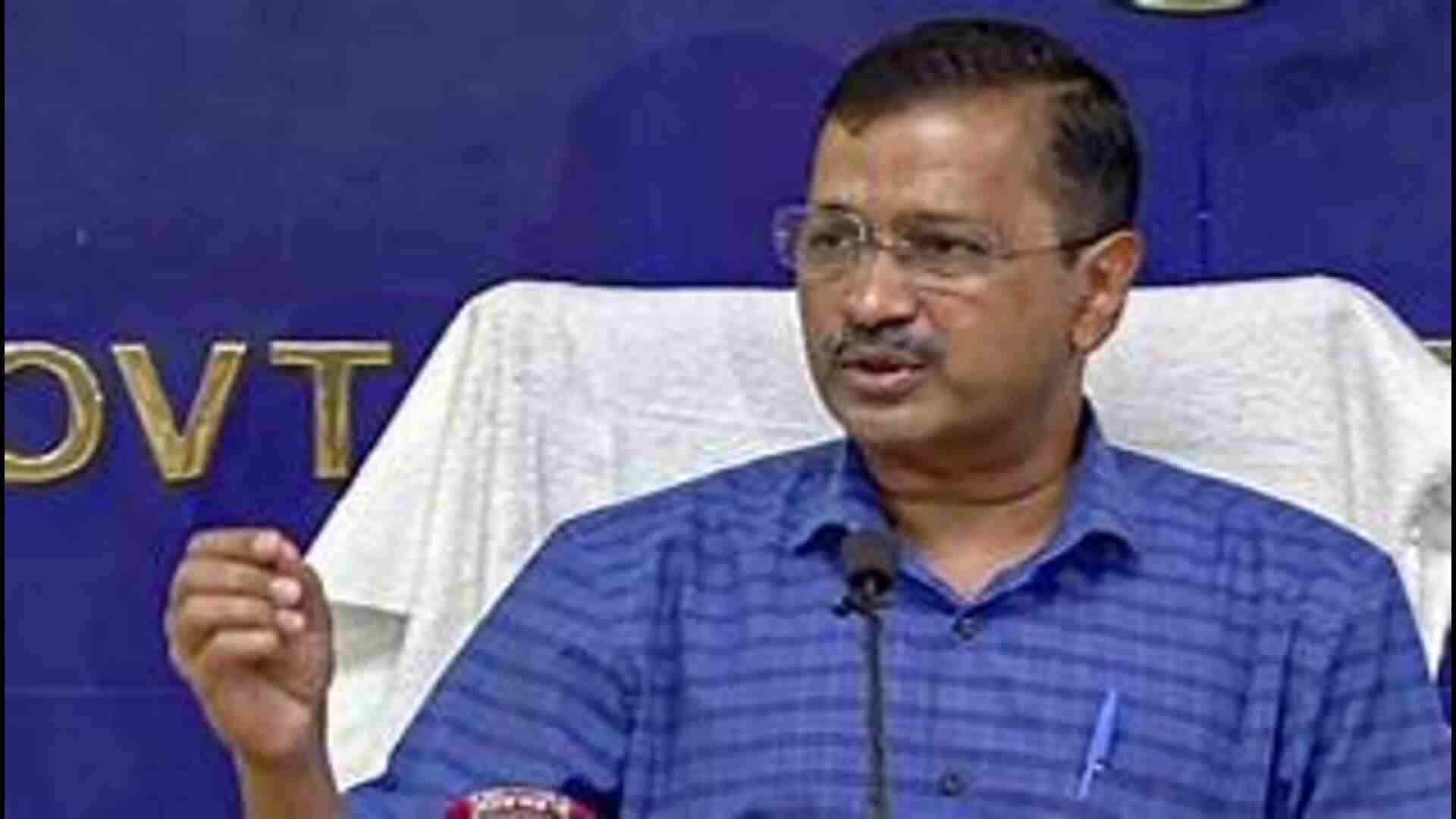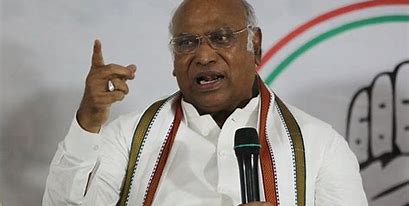In this concluding part of the series – India needn’t follow the ‘broken’ US healthcare model, let’s focus our attention on the perpetu-al sickness that keeps the in-dustry in business, and how India can play it differently.
A recent poll from Gallup found that the pharmaceutical sector is the most disliked industry in the United States. This is hardly surprising that the industry suffers such a low image.
Healthcare is roughly one-fifth of the GDP of the United States. In 2020, an average American household spent approximately 18-20% of its income on healthcare, including medical services, prescription drugs, and insurance premiums. Healthcare takes away a big wallet share, on a perpetual, continuous basis.
There are several reasons for this, let’s focus on the top three. In parallel, we will also see the Indian ap- proach to the same and how it comes under fire now and then from the West.
High drug prices
United States has one of the highest drug prices in the world, ramping up the cost of healthcare. For example, the patented diabetes drug, Lantus to control blood sugar, costs $419 in the U.S.A., $55 in South Africa, and roughly $40 in India, for a similar blister pack of five injections. In the case of generics, the price difference is even starker. It is surprising how an advanced market like the United States functions without a government controlling any part of the process, with utter disregard for patient health. In contrast in India, the National Pharmaceutical Pricing Authority (NPPA) canfix prices for essential drugs, and we have about 400 medicines on the list. Indian efforts to control drug prices come under sharp criticism by the Big Pharma, both do- mestic and international alliances, and this is the subject nthat is often the matter ofseveral court cases.
Evergreening Patents
The United States and other advanced economies follow a unique process called ever- greening patents. A typical pharma drug patent lasts for 20 years, within which period, the patent holder has intellectual property and pricing rights. On expiry, the drug becomes a generic drug, and several similar products can be launched, equal in dosage, administration route, efficacy, and intended use. These generics are sold at very cheap prices. Often, pharma companies, make little tweaks and modifications to the drug and claim an extension of the patent. This process of ever-
greening allows companies to limit competition and keep prices high. The Big Pharma
lobby gets away with this in the United States. During the pandemic, we saw, how developed countries favour indefinite ever-greening as most pharmaceutical patents since it benefits their corporations. India cannot afford such evergreening. When a drug comes off patents, it gives a chance to our domestic generic drug manufacturers. Cheaper off-patent drugs also safeguard millions of Indians from the high prices of patented drugs. In the landmark case, No- vartis AG vs. Union of India, Novartis filed for a patent extension for an anti-cancer drug Glivec, citing that the same was patented in more than 35 Countries. Novartishired some of the best lawyers in India and fought a bitter battle to reserve its right to the patent. Supreme Court of India came down heavy, and rejected the patent extension, saying that no new “newness was proved” by Novartis. India’s approach to evergreening patents can change how the world manages pharma
patents since a majority of pharma patents are secondary patents. Chronic diseases to build a
perpetual revenues stream Lastly, the USA has a huge wallet share in healthcare because, the pharmaceutical industry focuses on chronic conditions like diabetes, cholesterol, heart disease, gout, arthritis, and cancer. Since the American healthcare system is heavily focused on
treating symptoms rather than underlying causes, these chronic conditions yield huge revenue streams. One of the most effective ways to reduce healthcare costs is by making healthy lifestyle choices. This includes maintaining a healthy diet, getting regular exercise and sleep, and not smoking. Studies have shown that individuals who make these choices are less likely to develop chronic conditions. But these interventions are inexpensive and un-patent- able. They cannot be sold at a high price like traditional American healthcare. So, the industry communicates and reinforces the idea of lifetime sickness to doctors and patients as well. R&D
investments are made for perpetual treatment, rather than inexpensive interven-
tions.There is a great disregard and almost vilification of any therapy or lifestyle choices
that focus on the root cause. A developing country like India, cannot afford 18% of wallet share on perpetual sickness. Our government needs to promote overall health and well-being. During the pandemic, the Indian govt was perhaps the only government in the world, that promoted Ayush therapies, along with simple tips for health and hygiene, despite being mocked for doing so. India is at a good vantage, to offer integrated solutions, rather than blindly following American healthcare. We can adopt a unique approach to preventable lifestyles, and reduce the burden of healthcare, by taking innovative methods to save money and improve overall well-being.
During the pandemic, the Indian govt was perhaps the only government in the world, that promoted Ayush therapies, along with simple tips for health and hygiene, despite being mocked for doing so. India is at a good vantage, to offer integrated solutions, rather than blindly following American healthcare. We can adopt a unique approach to preventable lifestyles, and reduce the burden of healthcare, by taking innovative methods to save money and improve overall well-being.
Anu Lall is a lawyer and has worked in the pharmaceutical industry in India, the USA and Europe. She is the Founder of YogaSmith and the author of 4 books using Yoga as an adjunct therapy.







